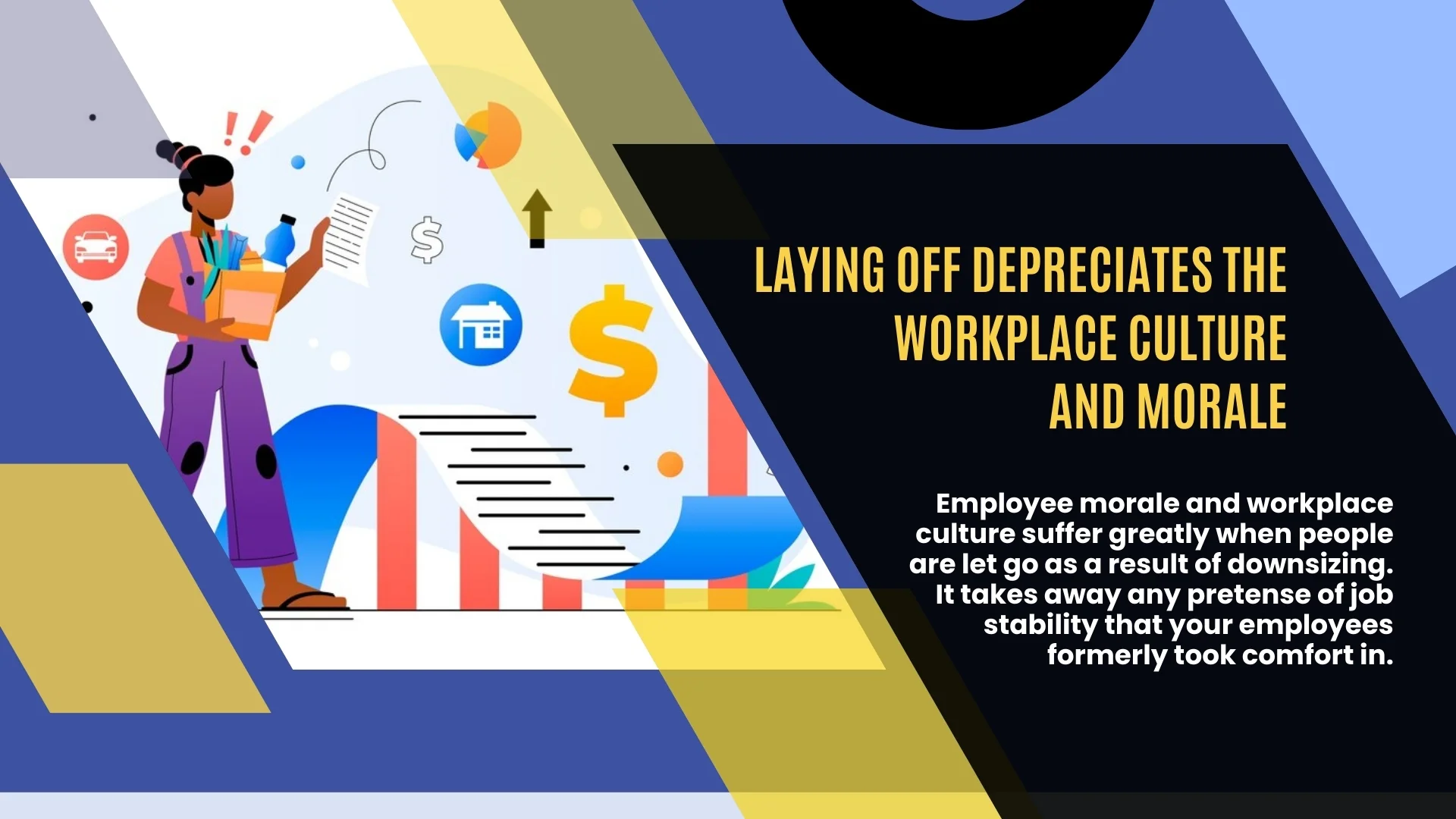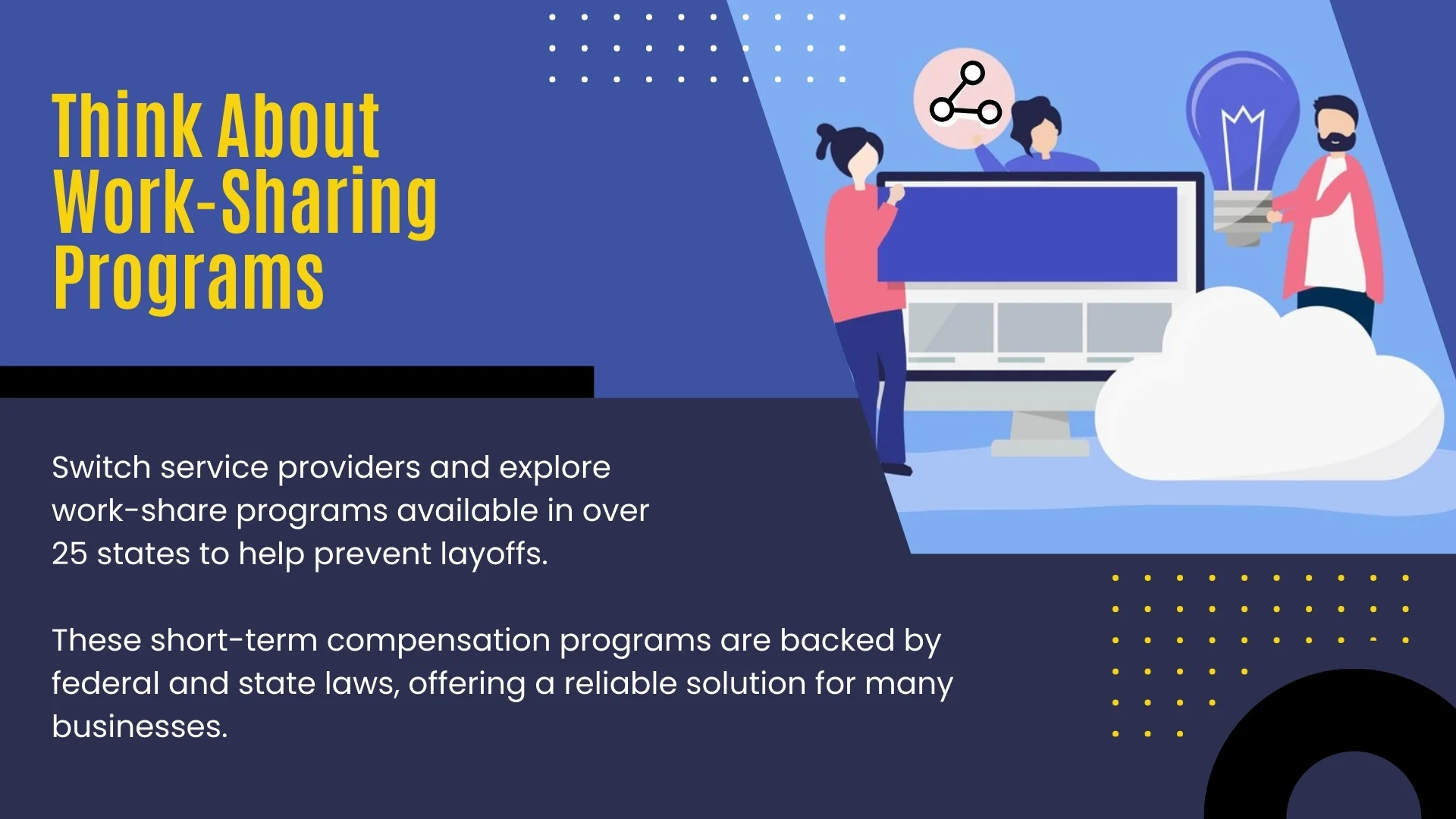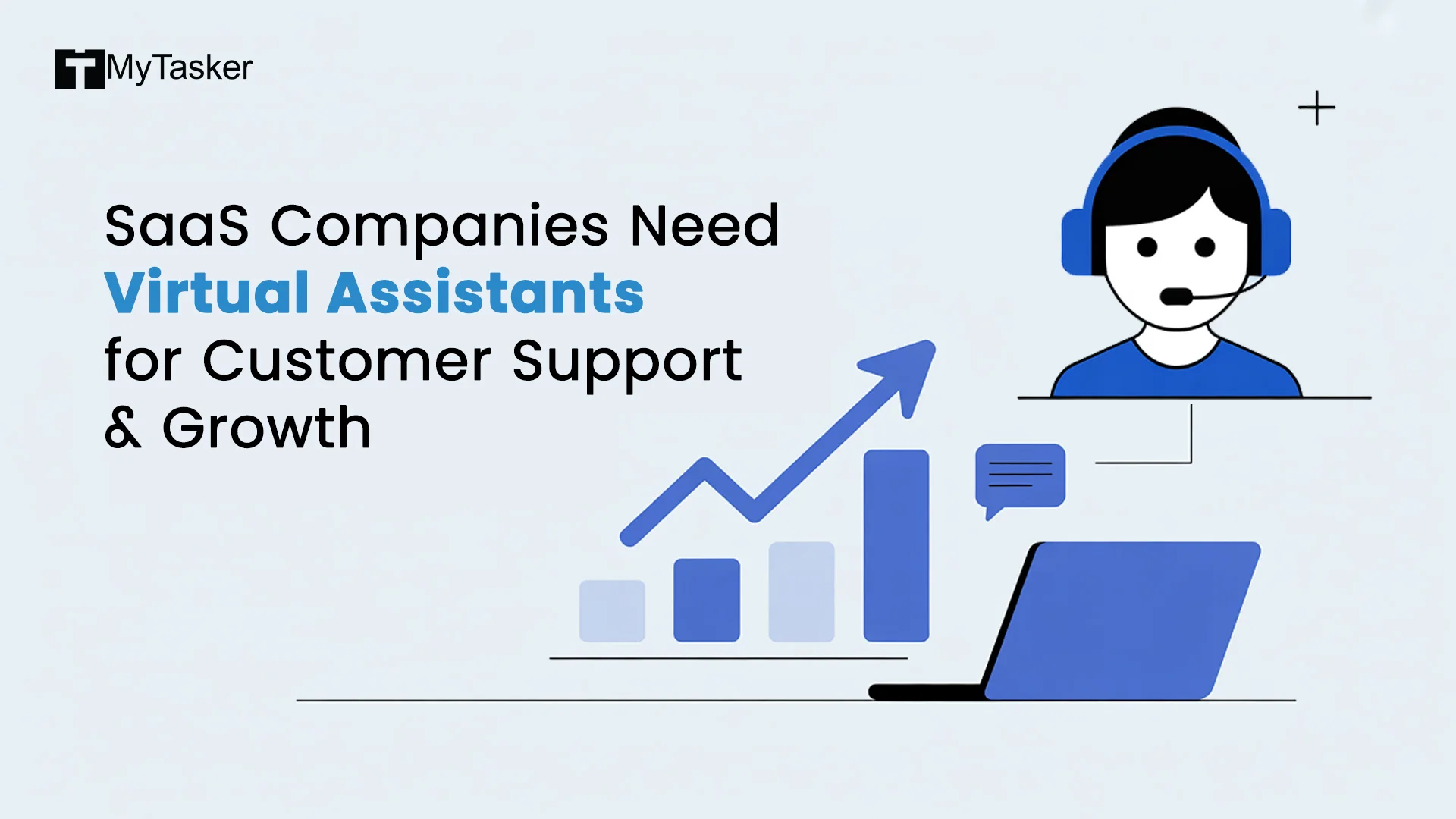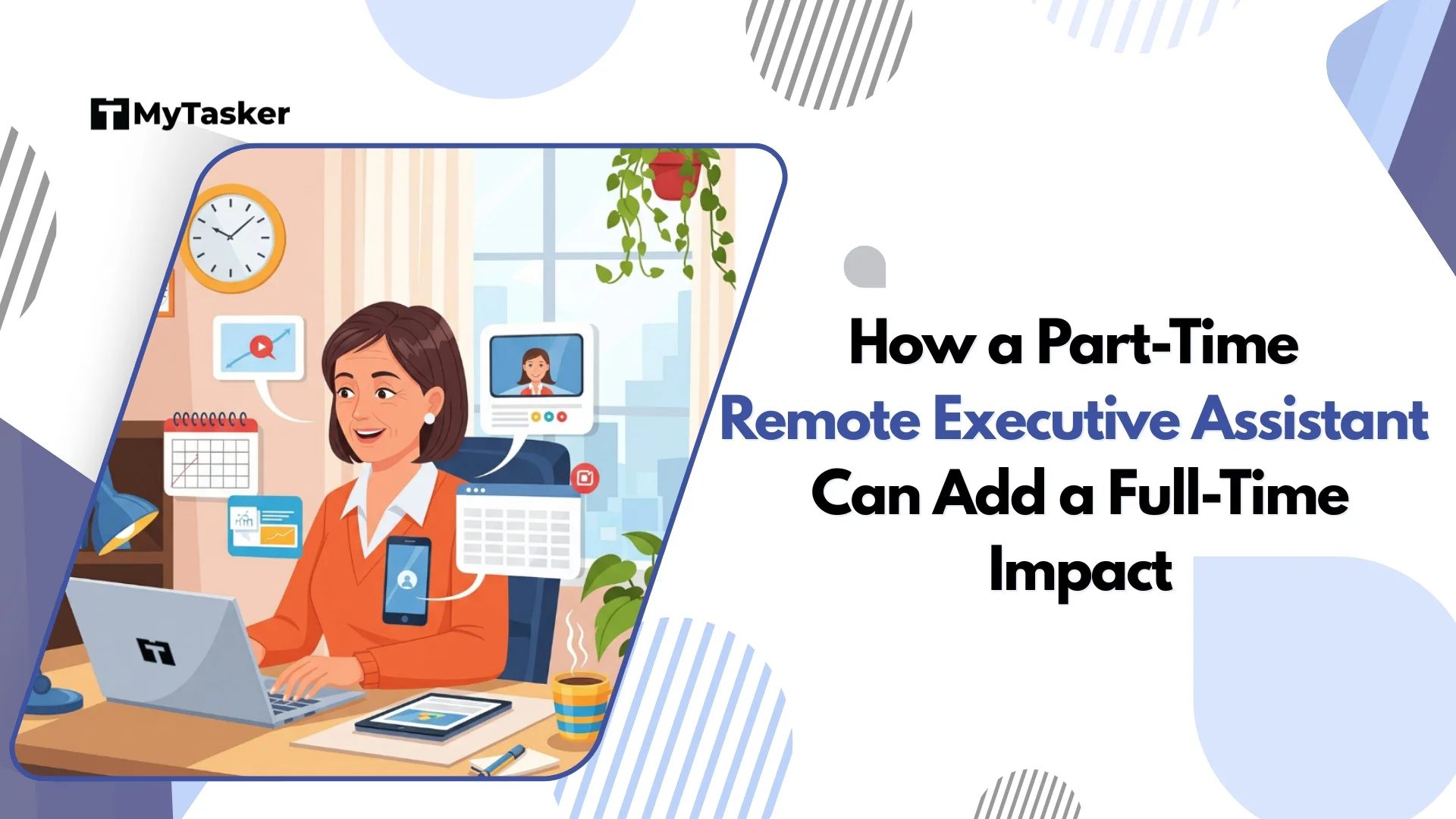According to a recent Labor Department press release, the global economy has managed to shed more than 701,000 jobs this year. This figure was far worse than expected.
According to the experts, this number only represents the tip of the iceberg as currently, almost 30 million Americans have already applied for unemployment. Although it is believed that this number is higher, states are restrained by the sheer volume of applications they can handle at once.
Many companies won't survive the present economic situation because they are simply not designed to in terms of their structure. Regrettably, many of these budget cuts have a serious impact on employee salaries. This is because a huge number of businesses do not always set aside funds for crisis management to protect employee compensation in these situations.
Despite the lack of resources (in comparison to Amazon, Google, or Facebook), all companies and organizations must resort to cost-cutting strategies like salary reductions and others to maintain low operating costs and prevent employee layoffs or business closures.
The Fundamental Reason Behind Layoffs Being The Last Resort of Wise Business Leaders
Layoffs look like the logical solution to reduce costs and weather the economic storm especially when manual labor is one of your primary modes of expenses. This could overburden you seriously when you have an excess number of employees at a time when demand is dropping.
Although firing staff is an easy method to save money, this tactic has additional expenses. And, intelligent business leaders only set foot on this path if their hands get tied from all directions.
So, let us first take a look at a few reasons why leaders shy away from firing their employees -
Your Employees are Your Investments

Every one of your workers is an investment. You've invested time, money, and resources in finding, employing, educating, and training them. You have invested in them and given them the purpose and the opportunity to progress their careers, aligning with your organization’s mission and vision.
You simply end up wasting the return on that investment when you fire an employee. Of course, these expenses increase with time (the longer an employee stays with you, the higher the investment) and when you fire those employees, it makes a dent in your organization’s corporate structure.
Your Employees Add Value to Your Organization
It's important to recognize the value that each worker brings to the table. Today, business leaders encourage their employees to share their individual perspectives and ideas, in order to foster a culture of collaboration and innovation within their organization.
Additionally, investing in your employees' professional development helps them hone their skills and stay up-to-date with industry trends, which ultimately benefits your clients. So, when you get rid of a skillful and experienced individual from your organization, the same amount of investment typically walks out of your door, and you have to start your investment once again with another fresh employee.
Laying Off Depreciates the Workplace Culture and Morale

Employee morale and workplace culture suffer greatly when people are let go as a result of downsizing. It takes away any pretense of job stability that your employees formerly took comfort in.
As a result of having to say goodbye to coworkers, also upends your team, shatters office connections, and leaves workers with a feeling of despondency.
Layoffs may also have an adverse effect on the long-term business goals since they compel the existing employees to shoulder more responsibility in order to maintain regular operations.
It Damages the Company's Reputation
While it may occasionally be inevitable, firms that choose to rely on layoffs during economic downturns lose credibility at a massive scale. People have the impression that a company that makes extensive layoffs is more concerned with its goods, services, and bottom line than with its employees and their welfare.
Yes, there are instances when layoffs are a necessary evil to keep stability and prevent everything from going south. Layoffs can occasionally help a company at least remain profitable and retain some of its workforce.
Despite these realities, in today’s times, corporations and businesses that decide to downsize whenever there is an economic crunch in the market or in their specific industry, are perceived negatively by global players, clients, customers, staff members, and even the general public.
Even the leadership of an organization comes into question when it appears you have not taken all reasonable measures to prevent downsizing. As a result, you risk losing the respect of your team members as well as the stakeholders in your company.
The Best Cost-Cutting Strategies to Avoid Layoffs
Before making adjustments to payrolls and how to minimize the costs, businesses should consider the following:
Reduce Non-Exempt Workers' Overtime or Work Hours
Since non-exempt workers only receive compensation for hours worked, limiting overtime and cutting back on employee working hours can reduce the hourly wage costs without making any employment cutoffs.
You need to keep in mind that if an employee's working hours decrease below a specific threshold, your state may permit them to get unemployment benefits. It's critical to understand your state's threshold and consider the effects of a shift reduction.
Pay People Now (if possible)
Employee anxiety levels are high due to growing unemployment rates unpredictability of the economic situation. This is why they are looking to their employers for comfort and security.
If at all possible, seize this chance to instill a sense of importance in your staff members and prioritize their needs over short-term business objectives. As long as it’s possible, continue doing this service since it will give your staff members a sense of worth and effectively boost their morale.
Businesses must be smart to thrive in this unheard-of environment, but they must also support their most valuable assets which are their employees.
Pay Reduction
Pay cutbacks are challenging for employees, especially for those who are already struggling to make ends meet. But this could be an easier thing to digest and accept rather than venturing on the ‘firing’ route. This is why many businesses implement uniform wage decreases.
Pay cutoffs can also be a possibility if your company has historically provided merit-based or cost-of-living raises on a regular basis. Make sure you adhere to relevant state and municipal notification laws if you want to lower employees' compensation.
Combine Contractors and Full-time Employees to Leverage The Benefit of Both Worlds

Utilizing a combination of the workforce is one of the best strategies to cut costs. In reality, when an organization's requirements alter depending on market conditions, we recommend this solution. However, you need to be absolutely sure of the ideal composition based on your current necessities.
When you employ both full-time staff along contractors, your business becomes better positioned to avoid any sudden or significant layoffs. This strategy is always smart since it enables companies to keep a core group of workers while utilizing contractors' talents and knowledge as needed.
Businesses can now hire virtual assistants or contract employees thanks to the numerous E-job portals. This creates a way for the company to operate more efficiently with flexibility and sustain its competitiveness without having to fire its loyal employees.
Employees Can Be Furloughed (if needed)
Layoffs have already started, as it is suggested by the present unemployment rate in the U.S. The immediate and destructive effects of COVID-19 on employees were felt in sectors including hospitality, entertainment, and retail. Although many were furloughed or laid off, several businesses have found methods to help their fired employees.
Hotel brands including Hilton, Hyatt, and Marriott all retracted their 2020 outlook statements after hotel cancellations peaked in the aftermath of COVID-19 and they started firing their employees. These companies formed alliances with businesses like Amazon, CVS, and Walgreens, which were struggling to satisfy customer expectations. Their collaboration resulted in speeding up the hiring process of their own displaced employees.
Look for these kinds of collaborations with various industries if your company seems doomed to layoffs or furloughs. Create direct ways to link your staff with any possibilities that will fill any job gaps for your displaced workers.
Consider Adapting A Virtual Office Business Model
Adopting a virtual office model can help organizations save money while also providing other advantages to their employees.
For instance, it can provide workers more freedom and make it simpler for team members who might be spread out geographically to work together. Additionally, it can aid in cutting down on the daily commute's carbon emissions, commute times, and travel allowances that are provided by the organization. In general, a virtual office model might be a wise choice for companies trying to adjust to changing work conditions and cut costs.
Evaluate the Best Performers of Your Company

The benefit of hiring top talent is huge for any company, especially during times of economic slowdown. This is because elite performers outperform ordinary workers and therefore, a company benefits massively by retaining a few top performers and releasing a bulk of low achievers.
Additionally, top performers contribute more than twice as much as ordinary performers in extremely complicated professions, such as senior leadership posts. Talented workers can be "force multipliers" and help their coworkers perform to a higher standard.
Companies must find and use their finest people now more than ever. Organizations should collect, track, and analyze performance data using technologies like talent management systems or through frequent meetings with team leaders and managers.
A corporation will know exactly which employees to retain to ensure their survival if and when decisions regarding workforce planning are required.
Put a Curb on Fringe Benefits or Additional Employee Perks
When labor costs rise exponentially and you do not want to get rid of any employees, you need to find ingenious methods to bring down your expenses.
You can do this by evaluating the perks and fringe benefits you provide to your employees. You also need to figure out exactly how much amount you will end up saving if you successfully eliminate these costs.
But there is a catch to this! If you start eliminating the inexpensive perks and the ones that are of high value to your employee base, you might be making a grave mistake.
After all, you don't want to disrupt the workplace culture or hamper employee morale because of this.
Discuss With Your Landlords And Mortgage Lenders

If you are not seeing any other options in front of you other than layoffs, you need to think about large overhead costs like rent and mortgages.
Ask your landlords if you can postpone rent payments until things pick up again. Your mortgage lender also has the option of accepting late payments without any repercussions.
Cutting down on your business operations is also not the solution as it will ultimately bring your corporation to a standstill if things take a long time to get back to normal. So, consider everything other than hurting your business from the aspect of employees and their valuable contributions.
Think About Work-Sharing Programs

Switch service providers and test out work-share programs. Work-share programs are accessible in more than 25 states, which gives businesses a useful method to prevent employee layoffs.
These programs, often known as short-term compensation, are supported by both federal and state legislation, making them a safe choice for a wide number of businesses.
Instead of cutting off on employment, these schemes shorten the workweek, which automatically helps in lowering staff salaries. Companies can retain their highly productive employees and continue to give them a source of income during tough times by using work-share programs.
Cut Back on Unnecessary Expenses
To review your monthly expenses you need to classify them thoroughly. This will help you clearly understand where your money is going.
Under the category of "office expenses," you can put subcategories like rent, utilities, supplies, and equipment. This will allow you to identify prospective expense areas and make the required adjustments to ensure the smooth operation of your business.
It's a good idea to regularly review your monthly budget to make sure you are remaining within it and getting closer to achieving your financial goals. If you plan methodically and take into account all the ‘what-if’ scenarios, you need not venture on the unintended path of layoffs ever, no matter how tight the economic situation becomes.
Conclusion
Employers always have the option of alternatives to reduce company expenses and better position themselves, before thinking about the option of downsizing in the first place.
Even if layoffs are essential for certain economic situations, all businesses should always think about innumerable options that could prevent them from taking the ultimate decision of downsizing. Employers should do a thorough cost analysis when cost-cutting becomes necessary to evaluate whether layoffs or an alternate strategy are better for the stability of the business.
If you require help in designing and developing strategies for effective business management, contact MyTasker today. The experts at MyTasker can collaborate with you to understand your exact business requirements. With a thorough analysis of your business and its finances, we can help you devise a plan that will optimize your business processes, cutting down additional expenses.
Contact us today to avoid unnecessary layoffs as an employee-oriented approach always holds the key to long-term success.















